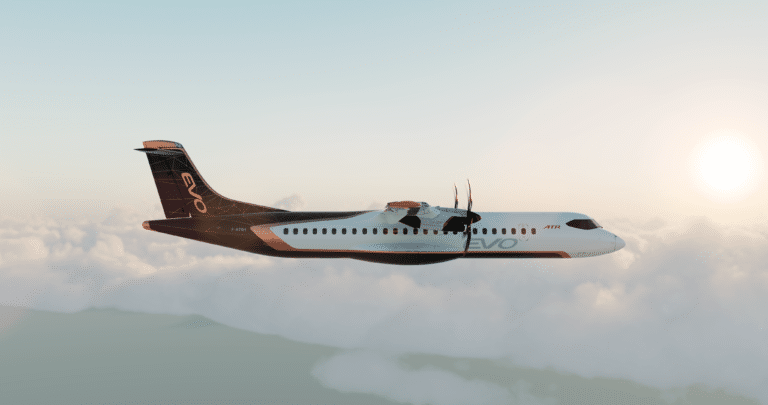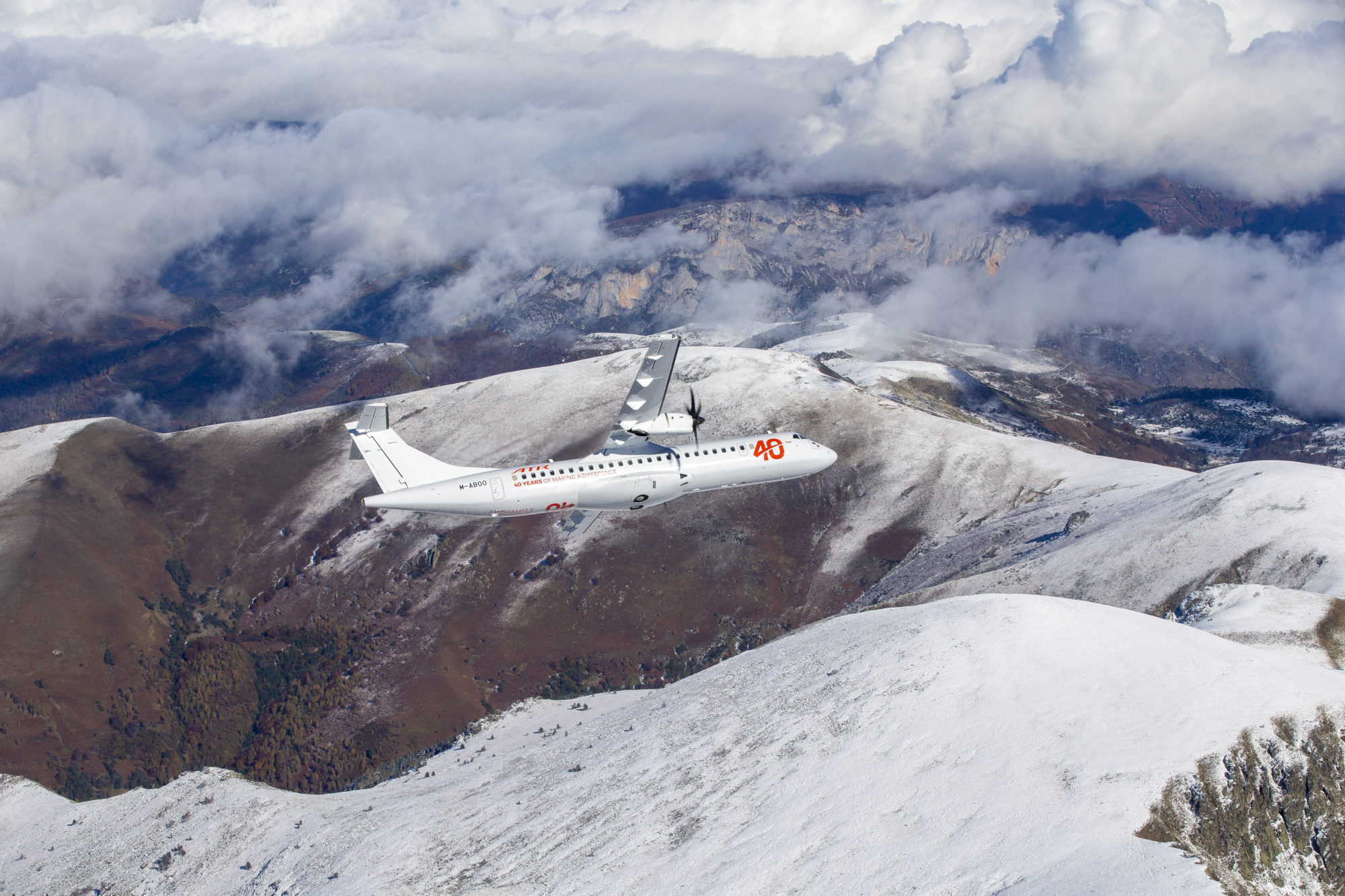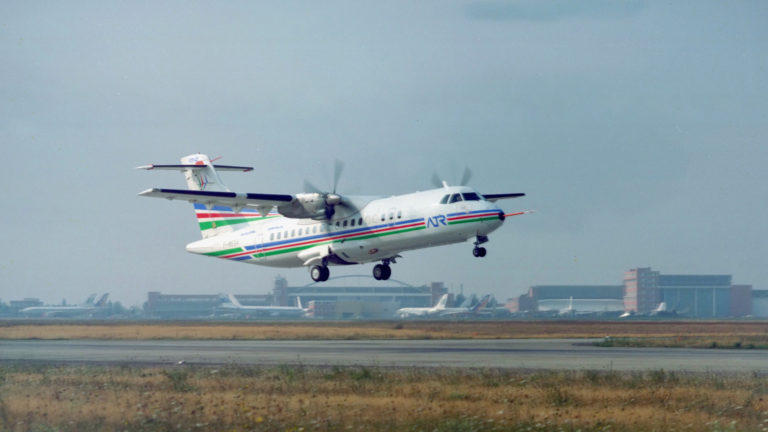40 Years of Innovation!
ATR was born from a spirit of independence and innovation. It is this spirit, plus the manageable size and flexibility of both our products and company, that has enabled us to stay ahead of the curve ever since. At ATR, barely a year goes by without another groundbreaking technological development and it would be impossible to mention them all here! So below is just a taster of some of the innovations that make ATR aircraft stand out.
#40YearsOfMakingADifference
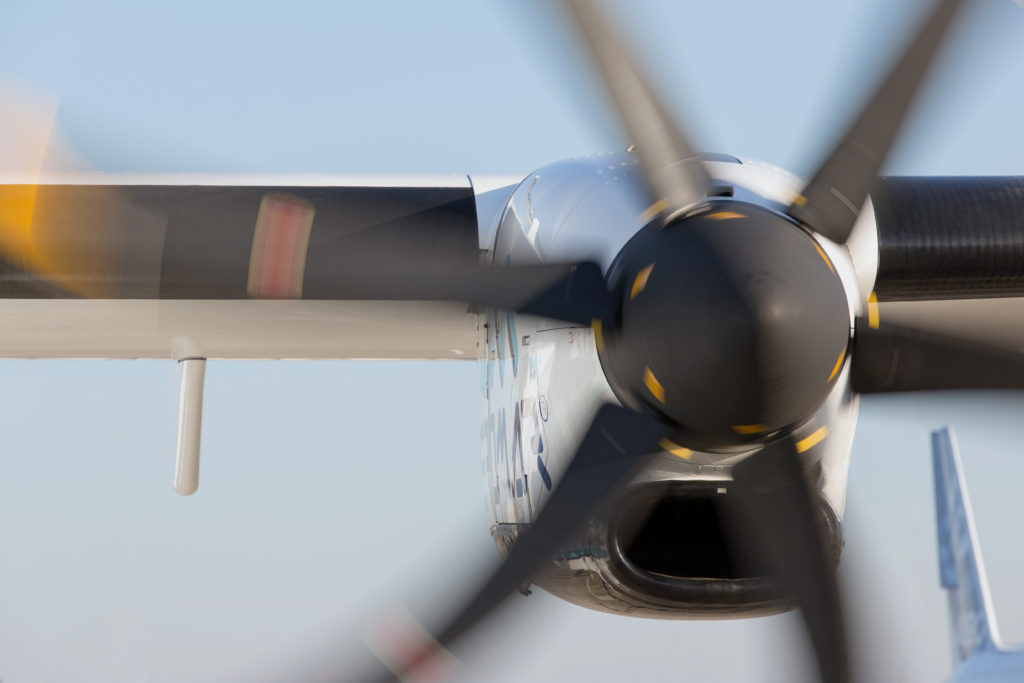
‘Hotel’ mode

Right from the outset, ATR aircraft have featured an exclusive ‘hotel’ mode that remains unique to this day. In-between flights, aircraft require energy for cabin heating, air conditioning and lighting, cockpit preparations and restarting the engines for take-off. Most get this energy from either an onboard auxiliary power unit (APU) or a ground-based power unit (GPU). But while APUs are expensive, heavy and costly to maintain, GPUs require a certain level of airport sophistication.
ATR aircraft generate the power required by running the right-hand engine at low speed, with a brake on the propeller. It’s a simple yet ingenious solution that enables ATR aircraft to remain both light and autonomous.

Composites

Even the very first ATR, the 42-300 launched in 1984, placed great emphasis on the use of composites, something that was practically unheard of at the time! ATRs were the first turboprops to feature composite propellers, and in 1988 the ATR 72 became the world’s first civil aircraft with a carbon-fibre outer wing box.
Today’s ATR aircraft incorporate a range of lightweight sandwich composites in both their primary and secondary structures (wing, tail, nose, propeller blades, brakes, cabin, etc.), using a range of skins such as glass, Kevlar and carbon. This explains why ATR aircraft have the lightest airframe anywhere for this size of aircraft, which contributes to their low carbon footprint.
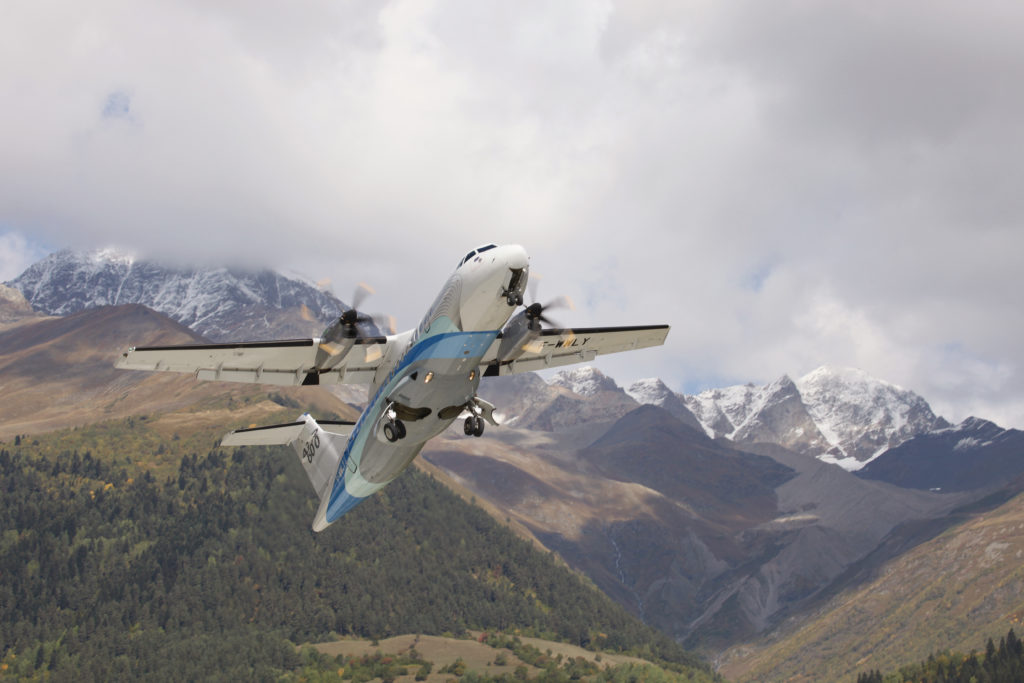
Unbeatable flexibility

One of ATR aircraft’s abiding qualities is their incredible flexibility and their ability to safely take off and land almost anywhere, regardless of airport location, runway length or available ground systems, thanks to their Localizer Performance With Vertical Guidance (LPV) and Vertical Navigation (VNAV) avionics features. This has enabled our customers to establish routes to places that would otherwise only be accessible via long and perilous road or boat journeys. ATR continues to push the boundaries in this area, as evidenced in its more recent development of RNP AR 0.3/0/3, Clearvision and the 42-600S.
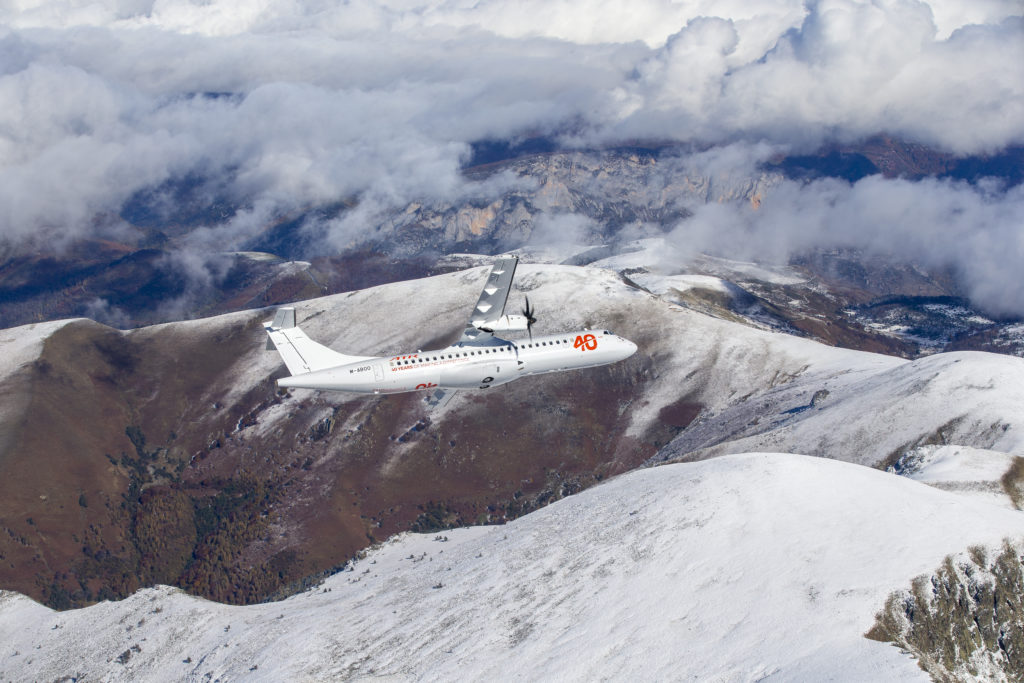
RNP AR

Launched in 2016, our RNP AR 0.3/0.3 system ensures instrument-based landings, even for missed approaches and go-arounds, with an accuracy of up to 0.3 nautical miles (NM). What this means in practice is that even, for example, in the narrowest of mountain passes—where the wing tips are just 0.3 NM from the surrounding escarpments and the pilot has had to go around because of particularly fierce crosswinds—an ATR can still approach and land safely.
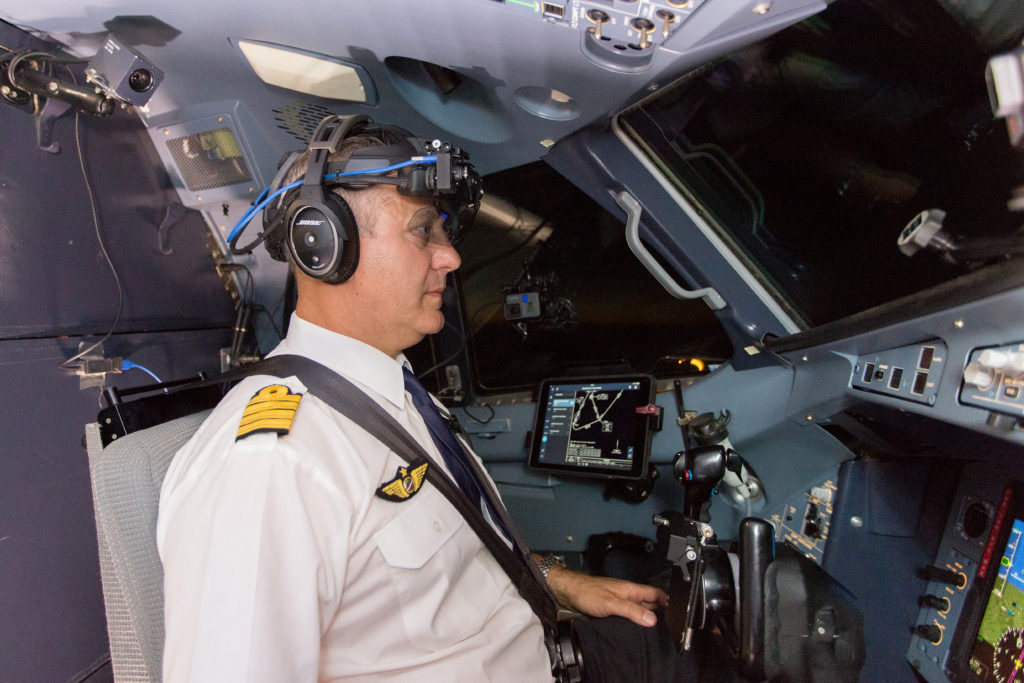
ClearvisionTM

Another feature that enables our aircraft to be flown in places that many others daren’t go is ClearvisionTM, developed with our partner Elbit Systems. This system projects infra-red symbology combined with enhanced and synthetic images of the surrounding terrain onto the pilot’s visor, making even foggy landings totally safe (equivalent to a CAT IIIA). ATR aircraft were the first commercial aircraft to provide Clearvision as an option.
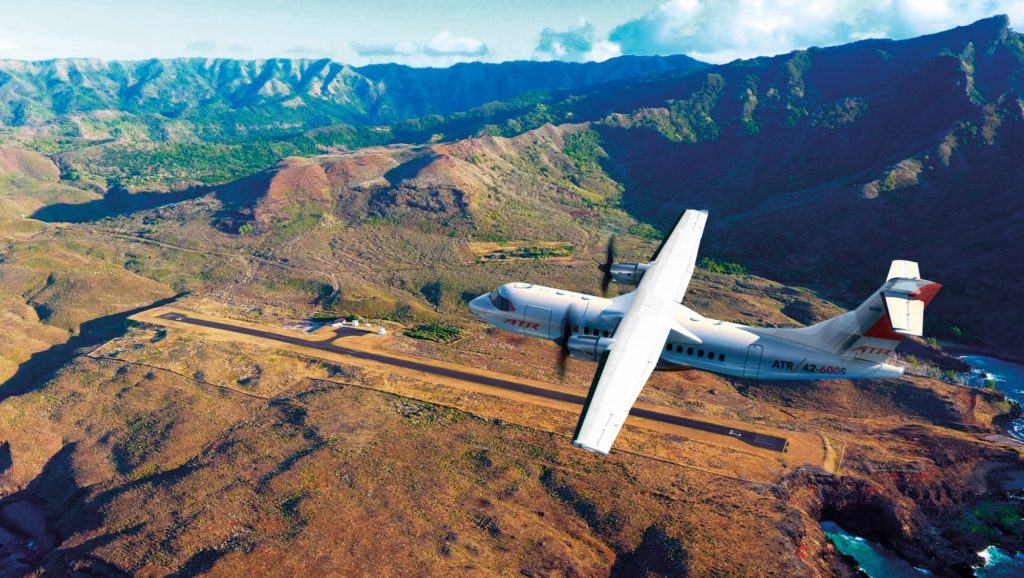
The 42-600S for STOL (Short Take Off and Landing)

Last but certainly not least, 2022 will see the first test flights and early industrialization of ATR’s brand new 42-600S, the first ever commercial aircraft of its size able to land on a 800m airstrip!
It features several major modifications, including a larger rudder to give pilots greater control at low speeds, greater take-off thrust thanks to engine commonality between the ATR 72 and the ATR 42, symmetrical spoiler deployment for improved braking efficiency, plus an autobrake system to ensure full braking power from touchdown. The 42-600S will be able to fly to an additional 500 airports worldwide, giving airlines new commercial opportunities and local populations much easier access to education, business and healthcare.






